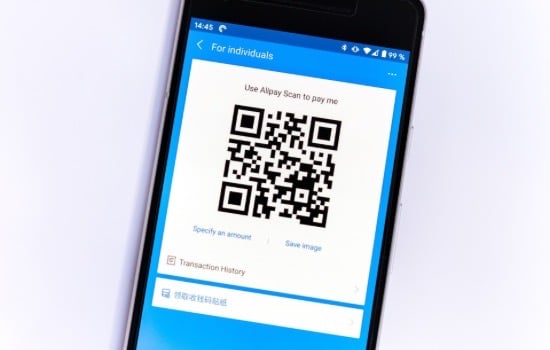The difference between a physical bank and a digital It lies primarily in the way money is accessed and handled.
A physical bank has branches and ATMs where customers can bank in person.
Customers can also speak to a representative bank to get help with your accounts and ask questions about banking products and services.
On the other hand, a digital bank works completely online and has no physical branches. Customers can access
to your bank account through an app or website and make online transactions, such as bank transfers, bill payments, and deposits.
Customer service is usually done via chat online, email or phone.

The main difference between a physical bank and a digital bank it is the way in which bank accounts are accessed and managed.
While a physical bank offers an experience more personal, a digital bank offers convenience and accessibility 24 hours a day, 7 days a week.
important factor
An important factor that differentiates a physical bank from a digital bank is the availability of financial products and services.
A physical bank can offer a wide range of products and services, such as checking accounts, savings accounts, credit cards, loans, and mortgages.
In addition, some physical banks They also offer personalized financial advice. to help clients make informed decisions about their finances.
In contrast, digital banks tend to offer more limited products and services., focusing on ease of use and convenience.
However, many digital banks offer more competitive interest rates. and additional benefits, such as cash rewards and discounts on online purchases.
In terms of security, both physical and digital banks they are subject to regulations and security measures to protect customers against fraud and identity theft.
However, digital banks may require measures additional security measures, such as two-factor authentication and data encryption, due to the online nature of their operations.
The choice between a physical bank and a digital bank depends on the client's personal preferences and financial needs.
While a physical bank offers an experience more staff and a wide range of products and services, a digital bank offers convenience and accessibility 24 hours a day,
7 days a week, and can offer more competitive interest rates and additional benefits.
Opening of accounts between banking models
There are differences in the opening of accounts between physical and digital banks. Normally, physical banks usually require the physical presence of the client in one of their branches to open a bank account.
This may involve presenting identity documents and other requirements, such as proof of income and addresses.
On the other hand, digital banks usually allow the opening of accounts online, without the need to visit a physical branch.
The account opening process can be done through the website or a mobile application, and generally requires the presentation of personal information and scanned documentation.
In addition, some digital banks may offer processes faster and more simplified account opening processes, since identity verification can be done through technologies such as facial recognition and electronic signature.
Conclution
Opening an account in a digital bank can be easier and faster than in a physical bank, but it is important to research and compare the policies and requirements of each institution before making a decision.
